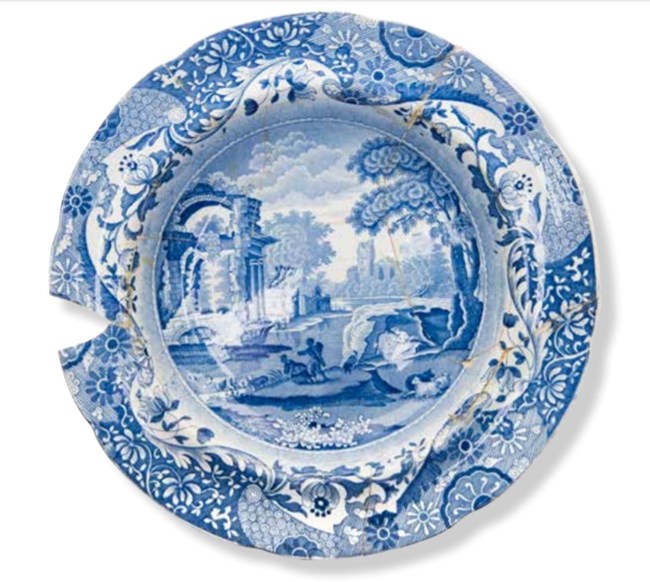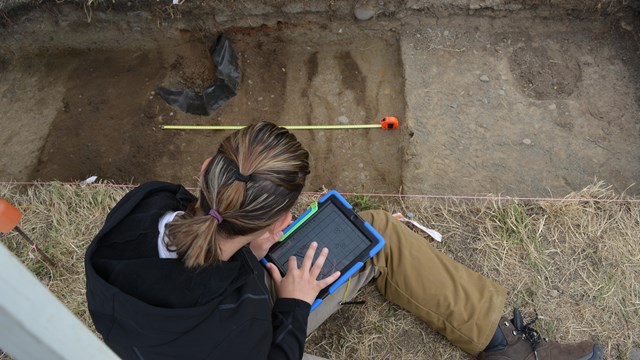
NPS Photo The collection was begun by National Park Service archaeologist Louis Caywood, who began excavating at what would become Fort Vancouver National Historic Site in 1947. Archaeological excavations at the national park have carried on ever since. Today, archaeology at the park usually takes the form of monitoring while infrastructure improvements are made. In the summers, large-scale excavations take place as part of our Public Archaeology Field School program. The artifacts that are recovered from these excavations become part of the national park's museum collection. Collections from several other related sites are also curated here, including collections from Fort Colvile in Lake Roosevelt National Recreation Area, Fort Nez Perce in Whitman Mission National Historic Site, and San Juan Island National Historical Park, as well as collections from the Cathlapotle and Meier village sites. Learn more about archaeological collections at Fort Vancouver National Historic Site in the articles listed below. 
Archaeology
Learn more about archaeology at Fort Vancouver. 
Research
Interested in conducting research with the Fort Vancouver archaeology collection? Learn more here. |
Last updated: April 1, 2021
